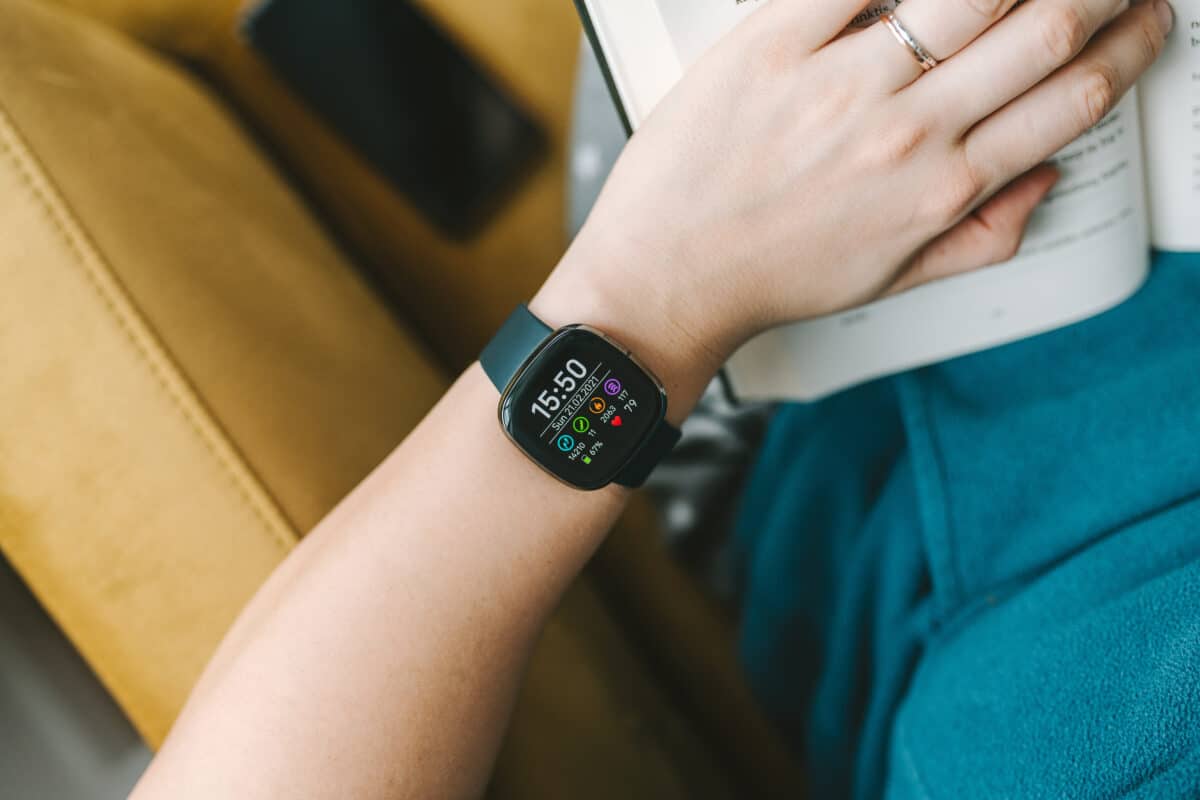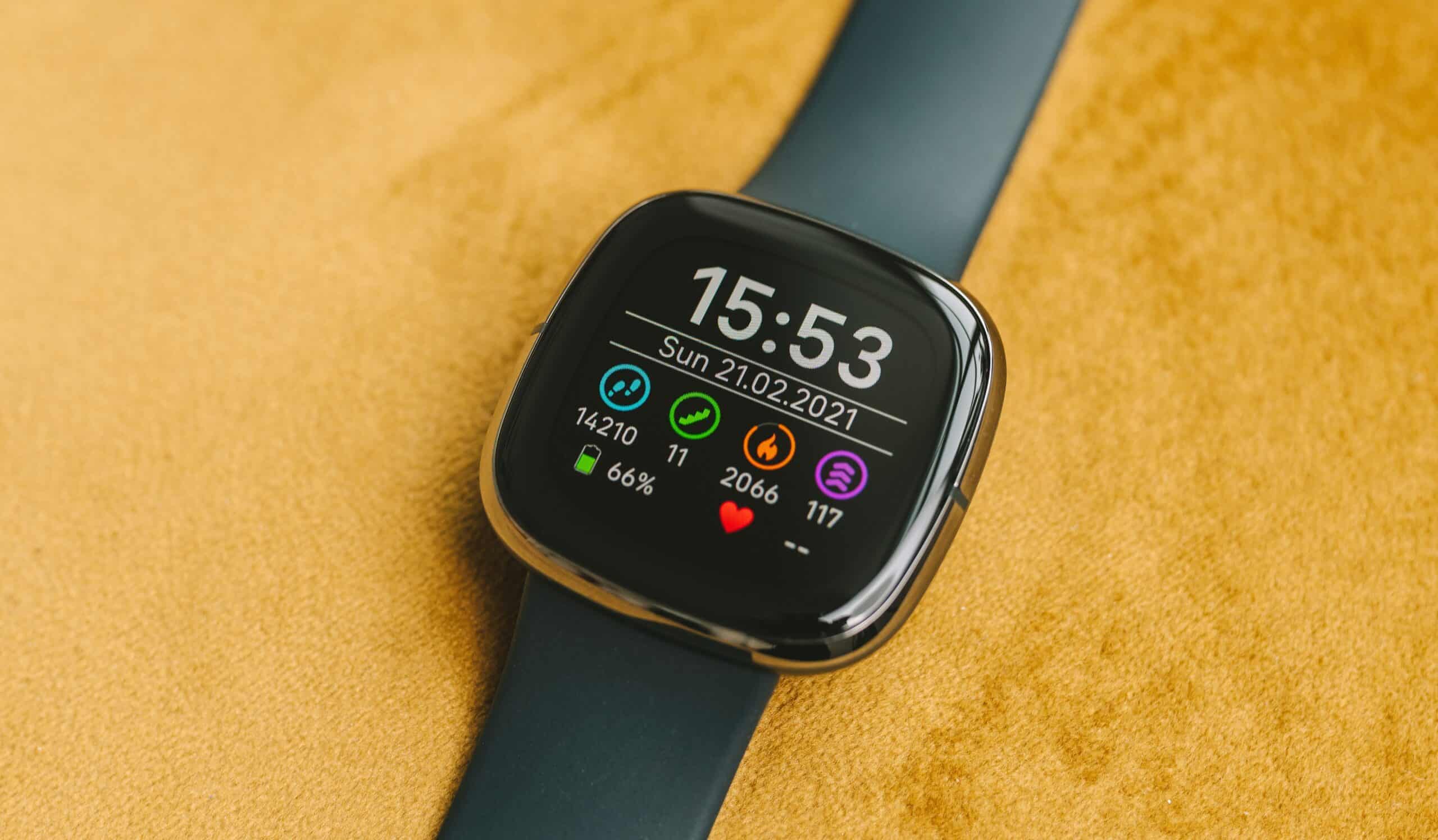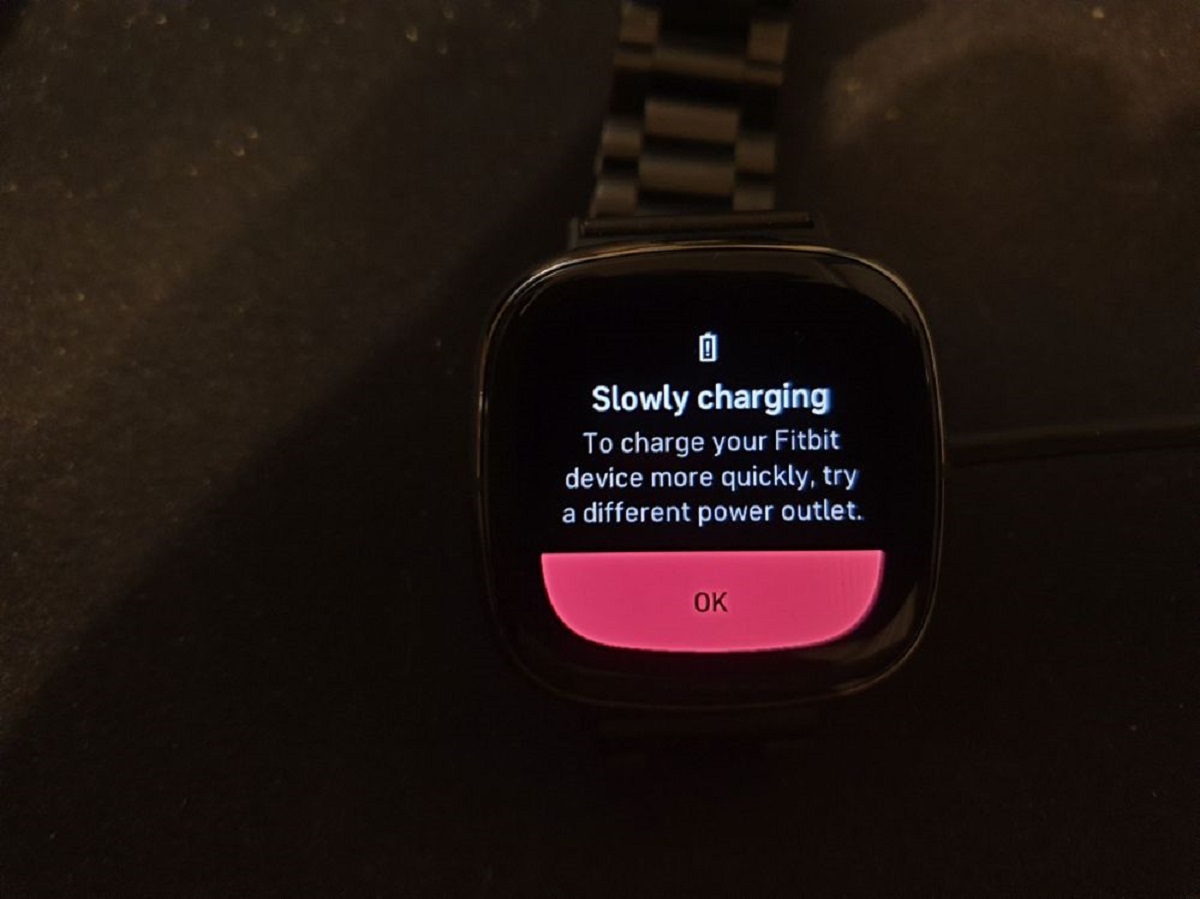Introduction
Wearable technology has revolutionized the way we track our fitness and monitor our health. Fitbit, a leading brand in this space, offers a range of wearable devices that seamlessly integrate with its app to provide users with comprehensive insights into their physical activity, sleep patterns, and overall well-being.
One common concern among Fitbit users is the app's background running behavior, which can impact device performance and battery life. While the Fitbit app's background activity is designed to ensure continuous data synchronization and real-time tracking, some users may prefer to limit or prevent this behavior to conserve battery power or reduce system resource usage.
In this article, we will delve into the intricacies of preventing the Fitbit app from running in the background. By understanding the underlying mechanisms of app background running and exploring the steps to control this behavior, users can optimize their Fitbit experience to align with their specific preferences and device performance requirements. Whether you're a dedicated fitness enthusiast, a casual user, or someone seeking to maximize the efficiency of your wearable device, the insights shared here will empower you to take control of your Fitbit app's background activity.
By implementing the strategies outlined in this article, Fitbit users can strike a balance between maximizing the app's functionality and minimizing its impact on device resources. Let's embark on this journey to uncover the methods for managing the background running of the Fitbit app, empowering users to tailor their wearable technology experience to suit their individual needs.
Understanding Background Running of Apps
Background running of apps refers to the ability of an application to continue operating and consuming system resources even when it is not actively in use or visible on the screen. This behavior enables apps to perform various tasks in the background, such as updating content, receiving notifications, and syncing data, without requiring constant user interaction.
In the context of the Fitbit app, background running plays a crucial role in ensuring seamless data synchronization and real-time tracking of fitness metrics. By running in the background, the Fitbit app can continuously monitor physical activity, track sleep patterns, and receive notifications, providing users with up-to-date insights into their health and fitness status.
While background running is essential for maintaining the app's functionality and delivering a comprehensive user experience, it can also have implications for device performance and battery life. Apps running in the background consume system resources and may contribute to increased power consumption, potentially impacting the overall efficiency of the device.
Understanding the nuances of background running empowers users to make informed decisions about managing app behavior to align with their specific needs and preferences. By gaining insight into the purpose and implications of background running, users can evaluate the trade-offs between app functionality and resource utilization, ultimately enabling them to optimize their device usage and enhance their overall experience with the Fitbit app.
By comprehending the intricacies of background running and its impact on device performance, users can proactively explore strategies to control and manage the app's background activity, effectively customizing their Fitbit experience to achieve a harmonious balance between functionality and resource efficiency. This knowledge forms the foundation for the subsequent exploration of steps to prevent the Fitbit app from running in the background, providing users with the tools to tailor their app behavior according to their unique requirements and usage patterns.
Steps to Prevent Fitbit App from Running in the Background
-
Disable Background Syncing: Open the Fitbit app on your smartphone and navigate to the settings menu. Look for the option related to data syncing or background activity. Disable the background syncing feature to prevent the app from continuously running in the background and consuming system resources. By doing so, you can control when the app actively syncs data, allowing you to conserve battery power and optimize device performance.
-
Manage Notifications: Within the Fitbit app settings, explore the notification preferences and customize the types of notifications you wish to receive. By selectively managing notifications, you can reduce the need for the app to run in the background to deliver real-time alerts and updates. This approach allows you to strike a balance between staying informed and minimizing the app's background activity.
-
Optimize Activity Tracking: Fine-tune the activity tracking settings within the Fitbit app to align with your usage patterns. Consider adjusting the frequency of data collection and the intensity of tracking to reduce the app's continuous background operation. By optimizing activity tracking parameters, you can tailor the app's behavior to suit your specific fitness monitoring needs while mitigating its impact on device resources.
-
Utilize Battery Optimization Features: Leverage the battery optimization features available on your smartphone to manage the Fitbit app's background running behavior. Many devices offer built-in tools that allow users to control the background activity of apps, including the ability to restrict background running for specific applications. By utilizing these features, you can proactively manage the Fitbit app's background behavior to enhance device efficiency.
-
Regular App Updates: Ensure that you keep the Fitbit app updated to the latest version available. Developers often release updates that include optimizations for background running and resource management. By staying current with app updates, you can benefit from performance enhancements and potential improvements in background activity management, contributing to a more seamless and efficient user experience.
By implementing these steps, Fitbit users can take proactive measures to prevent the app from running in the background, effectively managing its behavior to align with their preferences and device performance requirements. These strategies empower users to customize their Fitbit experience, optimizing the app's functionality while minimizing its impact on system resources and battery life.
Conclusion
In conclusion, the ability to prevent the Fitbit app from running in the background offers users a valuable opportunity to tailor their wearable technology experience to align with their specific needs and preferences. By understanding the nuances of background running and exploring the steps to control this behavior, Fitbit users can optimize their device usage, conserve battery power, and enhance overall efficiency.
The strategies outlined in this article empower users to proactively manage the Fitbit app's background activity, providing a sense of control over its impact on device performance. By disabling background syncing, managing notifications, optimizing activity tracking, and leveraging battery optimization features, users can effectively curtail the app's continuous background operation without compromising its core functionality.
Furthermore, the emphasis on regular app updates underscores the importance of staying current with the latest software enhancements. By embracing updates that include optimizations for background running and resource management, users can benefit from a more refined and efficient app performance, contributing to a seamless and rewarding Fitbit experience.
By implementing these strategies, Fitbit users can strike a harmonious balance between maximizing the app's functionality and minimizing its impact on device resources. Whether it's extending battery life, reducing system resource usage, or customizing the app's behavior to suit specific usage patterns, the ability to prevent the Fitbit app from running in the background empowers users to shape their wearable technology experience according to their individual preferences.
Ultimately, the insights shared in this article serve as a guide for Fitbit users to navigate the intricacies of background running and take proactive steps to manage the app's behavior effectively. By harnessing these strategies, users can optimize their Fitbit experience, ensuring that the app operates in a manner that aligns with their unique requirements and usage patterns, thereby maximizing the value derived from their wearable device.
In essence, the ability to prevent the Fitbit app from running in the background represents a pivotal aspect of user control and customization, enabling individuals to harness the full potential of their wearable technology while maintaining a seamless and efficient device usage experience.

























